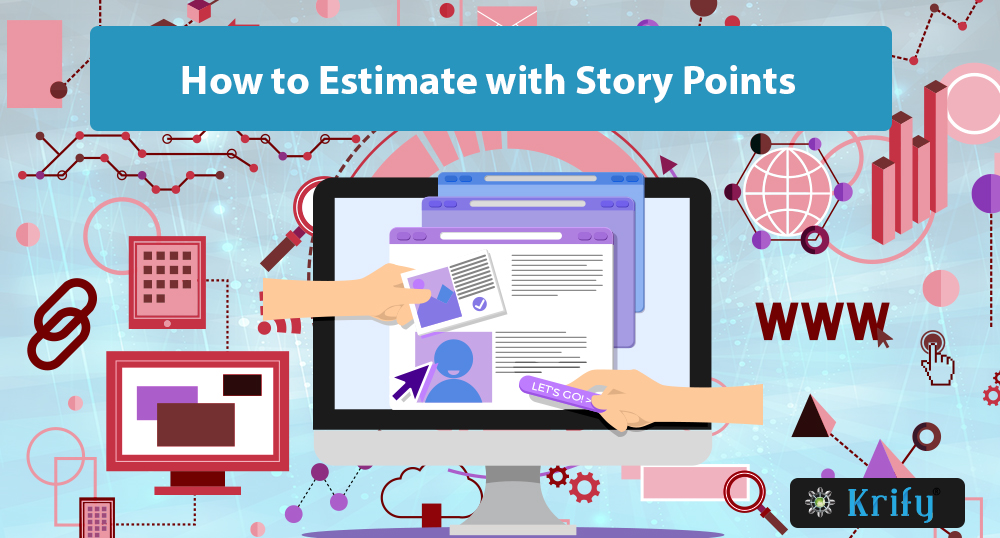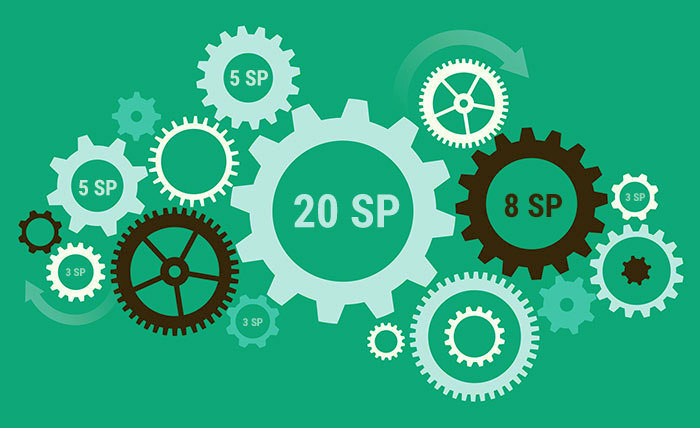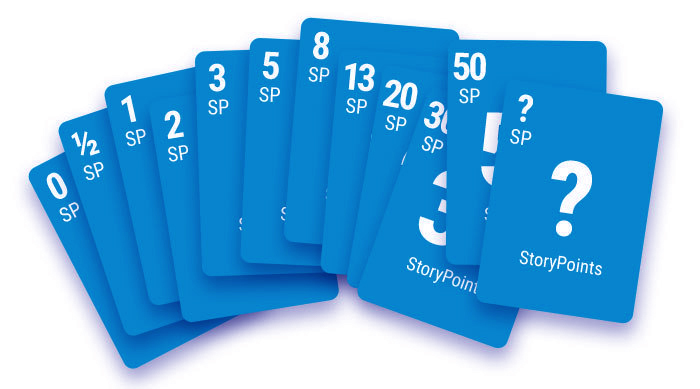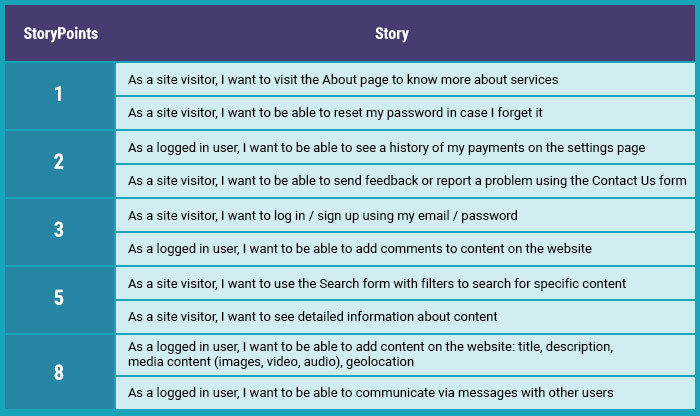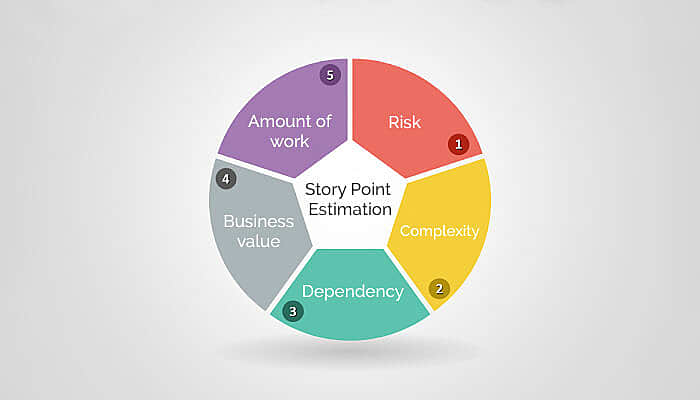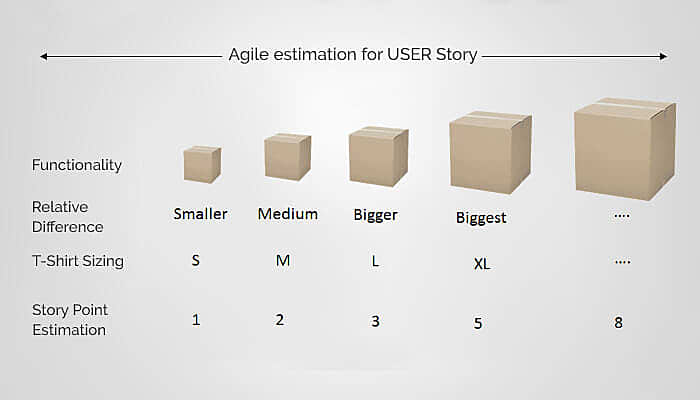There are various ways to manage an app development project. Whereas the Story Points is one model to go. The Storypoints model is the simplest one and offering benefits to app developers and clients
You are someone who doesn’t know what a Story point is or some who wants to pass common mistakes when it comes to Story point Estimation or someone who cannot make a successful story point Estimation. Then there is the guide on story points and Agile estimation is all you need to know everything regarding the Agile Estimation and Story Points.
Initially, we will start by knowing what exactly are Story Points and what is their function?
What is a Story Point?
The word Story Point can be defined as a metric that is used in the Agile Development and Management field for the purpose of determining the difficulty level of implementing a particular story. So, for a given business the story requires to be initially assigned to the team of software development. With the estimations of story points, the development team doesn’t have to be too accurate with their schedule.
Sometimes it may be a little complex, let’s say, in case of how long a particular feature will take to be completely developed, the development team will be assigning more story points to it. These extra story points will help in making the situation easy to understand.
The Story Points procedure uses historical data to compare the features of one project to features of a previous similar project to produce an exact estimate.
The gears in the image above are of various sizes and have unique traits — just like features in a software development project. Imagine there was no way to measure the size of a circle. How could we define the exact size of each gear? We could use Story Points!
Let’s walk through each step of the reckoning process with Story Points.
Steps to follow the Estimation process with Story Points
-
Step 1 — Identify a Base Story
-
Step 2 — Create a Matrix for Estimation
-
Step 3 — Planning Poker
-
Step 4 — Planning the Sprint
Elements to consider before assigning the story points to a situation
- The complexity level of a particular story
- The latent amount of effort that is required to implement
- The overall number of the unknown affecting and non-affecting factors
How story Points will be Exposed?
The story points will be expressed in two different ways:
- Numerical Range in terms of Fibonacci Sequence
- Size Range in terms of X-S i.e. Extra Small or medium or X-L.
It’s clear that the story point is a summarized symbolic measure that is required to estimate the time needed to implement a user story. In other words, it is a number that briefly acquaints the development team about the complexity level of a particular story.
The level of hardness is in respect to the complexities as well as risks and efforts involved in the user story. The scaling to determine story point can be described as – 1,2,3,5,8,13 (Fibonacci Series) and Extra small, small, medium, large. Sometimes it can be difficult to estimate especially for the team of developers. For software developers, Agile Estimation can be a difficult task to a project exactly. Let’s take a look at some of the ways that can help in making this agile estimation as perfect as possible.
Ways for perfect Agile Estimation
Involvement of the team in Agile Estimation – Every single one of the team should be included when it comes to agile estimation. Every team member like the designer, tester, developer etc. has a different perspective of the product and required a different amount of duration to deliver his/her part of a user story.
Product Manager Coordination – In this process of Agile development, the product manager is the one to maintain the complete list of the user story and its feature needs with short descriptions attached to it. Whenever an agile development process is started, the issues that the development team usually encounters are related to the requirements of the user stories. The product manager can guide them through each requirement of the user story.
Method of choosing story points over Hours
Previously the project development teams would opt for the traditional methods of providing their project estimation in the format of hours, days, weeks, or even months. But now, the team of developers uses the Fibonacci sequence like 1,2, 3,5, and so on for representing their agile estimation of the project.
Top reasons why to use story points
- The initial steps may need some effort but once the team is easy with the flow and each story point value. Then the process of story point assigning will become faster.
- With the method of relative estimation, the emotional attachments from dates are removed.
- Each and every member of the team measures work on a slightly varying level this further means that their velocities will also be different.
- The arrangement of dates does not note the account of the non-project related work including discussion meetings, emails and much more.
- With story points, the team members concentrate on the challenging level of the problem and not on the time spent making it a more efficient option.
Even though it looks complex but using these story points can make it very handy in some difficult stages during the process of software development.
Mistakes to Avoid with Story Points
While dealing with story points there are a number of things that you must know. Here are some of the most common mistakes that are made when using these story points:
Translating the story point to hours – Translating the story points to hours is a bad idea that spoils the whole point behind the speed of relative estimation by which there exists the false sense of accuracy and then it becomes more and more difficult to reach the previously calculated agreement.
Average out the story points – For instance if the development team divides the whole project into two parts and one part of the team wants to set the PBI at 3 points and other part wants to set 5 points, which easily resolved by setting the PBI at 4 points. But the team should not again attempt to provide a false sense of accuracy with the difference between points.
The notion of story Points in Alige Estimation is easy to apply but it requires an appropriate amount of practice to master this technique. Krify the expert team recommends implementing this method to the development teams to help them speed up their relative estimation for stories we’ve never faced before. Story Points helps us provide our clients with more accurate estimates. Experience and reference points speak better than abstract man-hours. Get to us today for an Enquiry or for Quotation.



